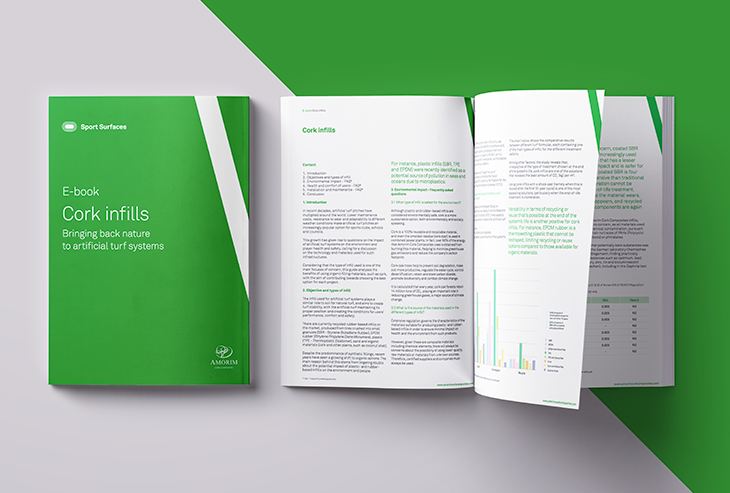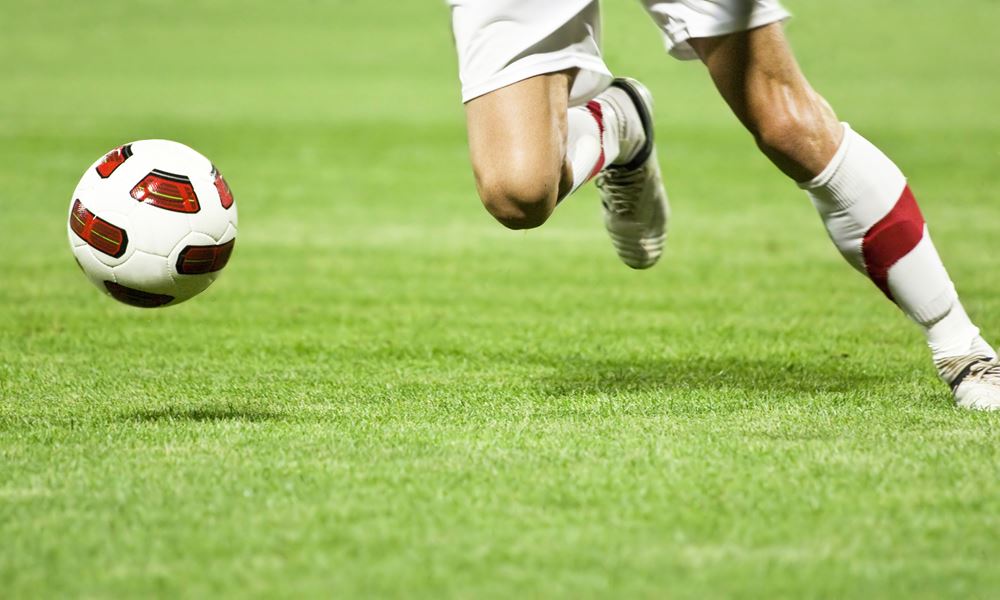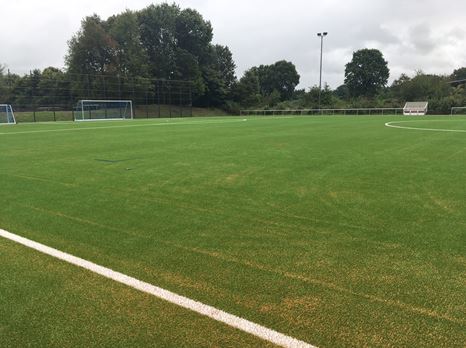Respect for people
The studies undertaken[1] thus far indicate that the use of turf with artificial infills, specifically SBR rubber, entails no health hazards. However, players and the community are often concerned about the risk of oral intake, inhalation or skin contact with potentially hazardous elements contained in rubber particles.
For cork used in Amorim Cork Composites infills, this issue is not a concern, as all materials used are 100% free of chemical contamination, pursuant to REACH, and contain no traces of PAHs (Polycyclic Aromatic Hydrocarbons) or phthalates.






